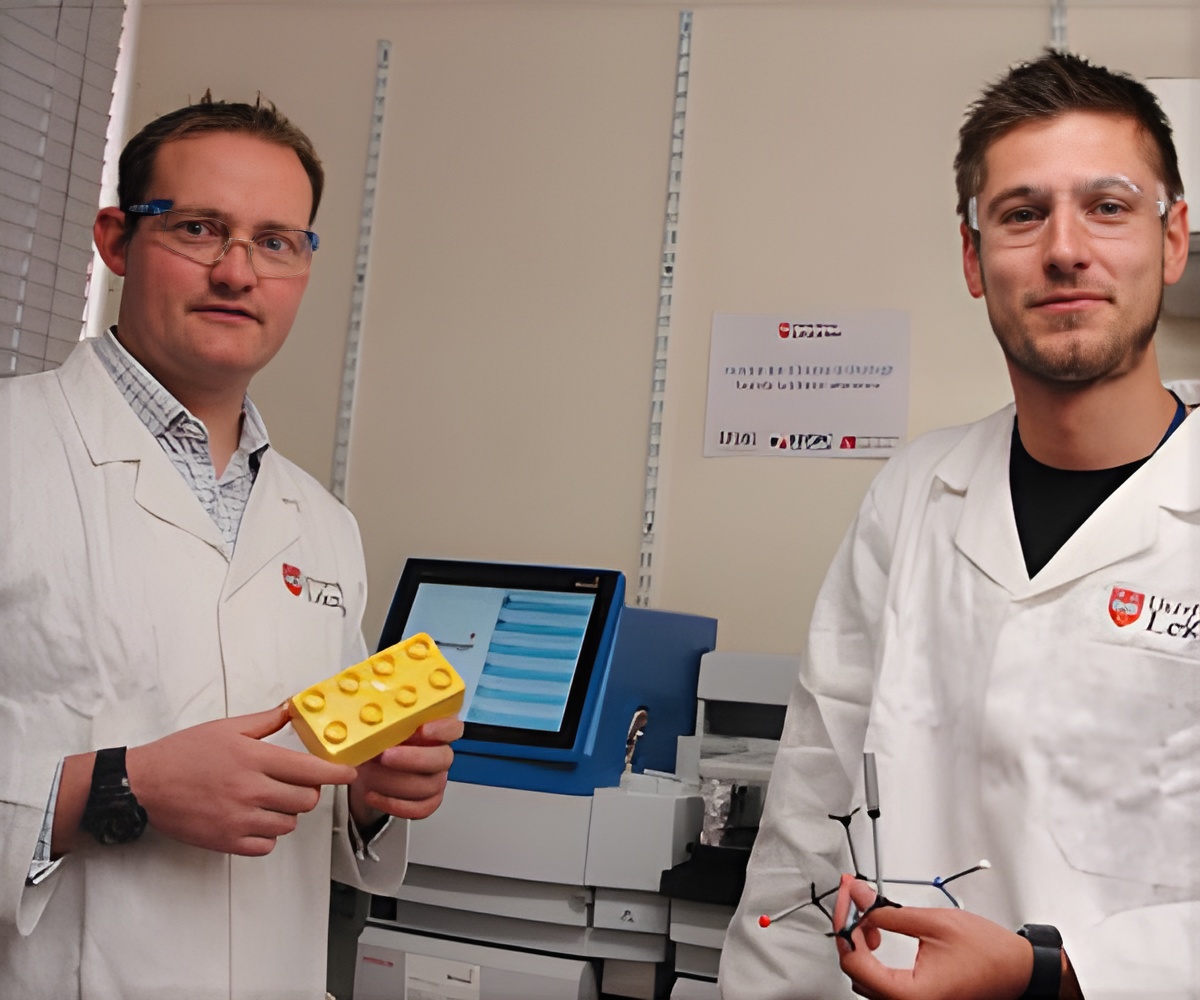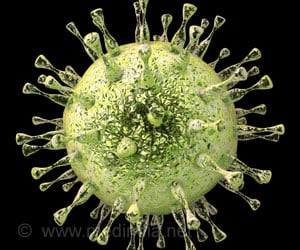It plays a major role in the development of central and peripheral nervous systems and the development of the body's major systems, including muscles and bones.

At the centre of the discovery is a single protein called nuclear Fibroblast Growth Factor Receptor 1 (nFGFR1).
"FGFR1 occupies a position at the top of the gene hierarchy that directs the development of multicellular animals," said study senior author Michal Stachowiak from University at Buffalo in the US.
The FGFR1 gene is known to govern gastrulation, occurring in early development, where the three-layered embryonic structure forms.
It also plays a major role in the development of the central and peripheral nervous systems and the development of the body’s major systems, including muscles and bones.
"The finding provides a new level of understanding of the fundamental aspects of how organisms develop," Stachowiak said.
A more advanced understanding of how organisms form, based on this work, has the potential to significantly enhance the understanding and treatment of cancers, which result from uncontrolled development as well as congenital diseases, the researchers pointed out.
"We have known that the human body has almost 30,000 genes that must be controlled by thousands of transcription factors that bind to those genes, yet we did not understand how the activities of genes were coordinated so that they properly develop into an organism,” Stachowiak said.
"Now we think we have discovered what may be the most important player, which organizes this cacophony of genes into a symphony of biological development with logical pathways and circuits," he said.
This work was conducted on mouse embryonic stem cells, not human cells.
The study appeared in the journal PLOS ONE.
Source-IANS
 MEDINDIA
MEDINDIA




 Email
Email





